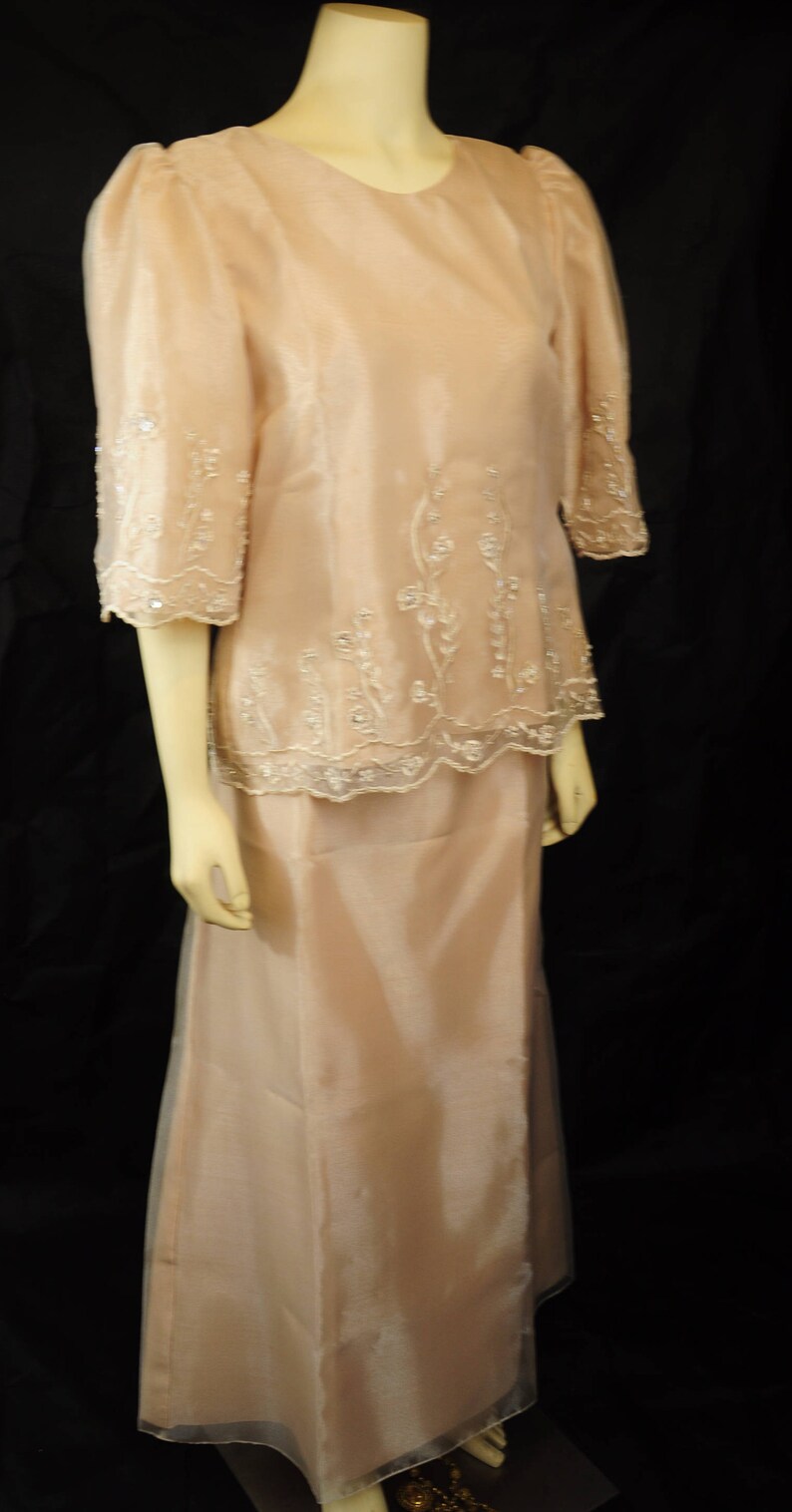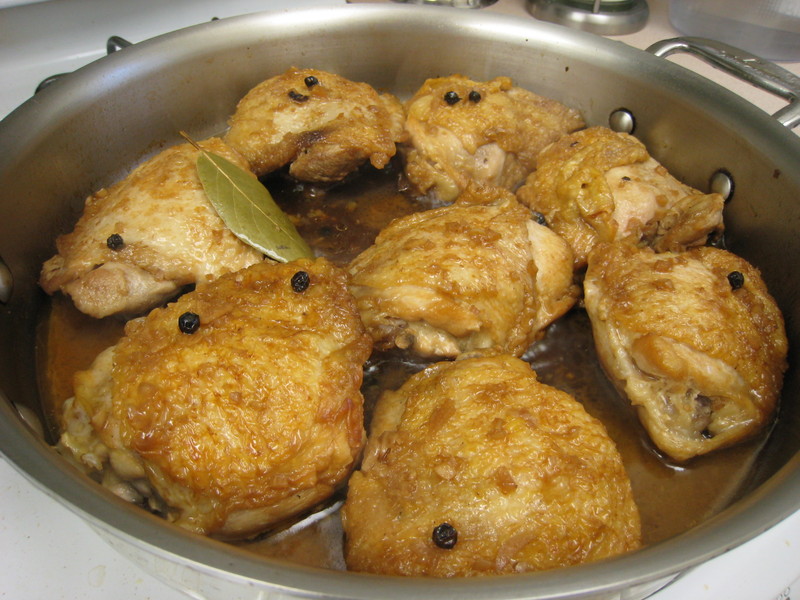SPORTS
One of the many festivities for Philippine Independence Day is Eskrima, the national sport and a weapon based martial arts fighting with “sticks, knives and other bladed objects” (Anderson 2016). This sport is commercialized by those who celebrate it by holding performances during parades and offering souvenirs to those who choose to explore the sport. See below for an image of the national sport.

CLOTHING
Additionally, a fashion show is held during the celebration. Many women buy traditional Filipino clothing and costumes. “Many women [wear] long, flowing dresses with colorful fabrics and sequins” (Anderson 2016). Therefore, Filipina women go out to buy new dresses to celebrate the holiday. This traditional type of dress is called Baro’t Saya, which is a dress that is composed of a blouse and a long skirt. This name is literally called “skirt” and “shirt”. These colors are usually the colors of the flag: red, white, blue and yellow (Ponce de Leon 2018). When interviewing my Filippino family friend, she said that her Aunties always bought her a new Baro’t Saya every year a month leading up to the holiday. She said that the experience of going shopping with her family is tradition, no matter how many dresses she may own. These women get their dresses custom made and tailored. See below for a picture:

FOOD
Like most households around the world during holidays, many Filipinos make their own traditional food at home. Popular dishes include Chicken Adobo, Caldereta (Spicy Beef Stew), and Leche Flan (Gapultos 2013). Some also make Bicol Express (a spicy dish with coconut milk and chicken), Gising Gising (coconut milk with ground pork), and Paella Tinola (a Spanish dish, paella, mixed with a traditional Filipino dish of tinola) (ABS-CBN News 2014). In addition to the homemade foods, the holiday itself commercializes on these recipes through selling it at festivals held in its cities (Fontanilla 2018).
